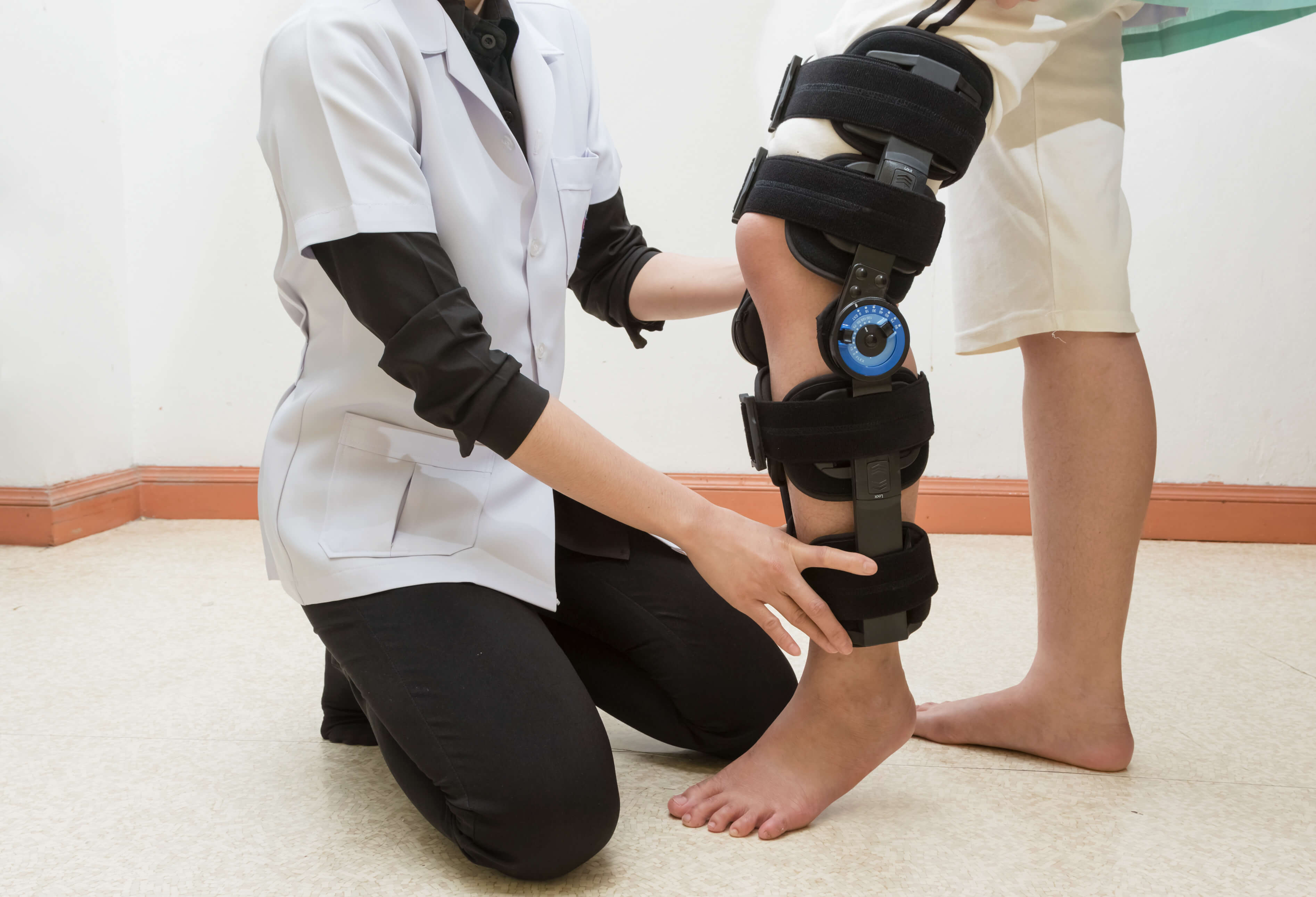Navigating meniscus surgery can be a difficult task. The goal of the procedure is to reduce the risk of developing osteoarthritis, an often debilitating and painful condition. As medical technology advances, so too does our understanding of how to best manage this complex issue. This article will explore the latest research on meniscus surgery and provide key strategies for reducing your risk of osteoarthritis in the future.
We’ll look at what to expect during recovery, different types of procedures that may be recommended by doctors, and how lifestyle changes such as diet and exercise are essential components for long-term joint health. By following these guidelines you can prepare yourself for successful outcomes when navigating meniscus surgery – ultimately leading to better protection against osteoarthritis down the road!
Understanding Meniscus Surgery
Meniscus surgery is a common treatment for damaged or torn menisci, the cartilage in the knee. The goal of this operation is to reduce pain and allow patients to return as quickly as possible to their daily activities. The procedure can involve repairing or removing part of the meniscus itself, along with other tissue repair techniques such as arthroscopic debridement. While many people who undergo meniscal repairs recover without any problems, some may develop complications that can lead to osteoarthritis later on in life.
As such, it’s important for individuals considering meniscus surgery to understand what risks are associated with the procedure and how they can reduce them. A doctor will typically begin by examining a patient’s medical history and performing a physical exam before recommending any type of surgical intervention. It’s also important for patients to have realistic expectations about recovery time: although most people experience significant improvements in mobility within weeks of undergoing operations like these, it could take up to several months before the full joint function is restored.
Additionally, certain lifestyle modifications should be undertaken both during and after surgery; these include avoiding strenuous activities that put a strain on the affected area until healing has taken place completely. Furthermore, weight management should remain an ongoing priority – carrying extra pounds puts more pressure on joints which increases risk over time regardless of whether one has had prior surgeries or not.
By being aware of all potential risks associated with meniscus surgery while making informed decisions throughout every stage – from diagnosis through rehabilitation – individuals can significantly reduce their chances of developing osteoarthritis down the line while still enjoying improved comfort levels now
Preparing for the Procedure

Before undergoing meniscus surgery, there are several steps you can take to reduce your risk of developing osteoarthritis. Start by scheduling a consultation with your orthopedic surgeon who will help assess if you’re a good candidate for the procedure. During this appointment, discuss any pre-operative instructions and inquire about possible post-operative physical therapy that may be recommended after the surgery.
It is also important to understand the full scope of risks and potential complications associated with meniscus surgery so that you can make an informed decision before proceeding. Additionally, ask how long recovery is expected to take and what lifestyle modifications or activities might need to be restricted during rehabilitation in order for optimal healing offering these preparatory steps beforehand will ensure that both parties have all necessary information before aking for action on such a significant medical intervention as meniscus surgery.
Minimizing Your Risk of Osteoarthritis After Surgery
After meniscus surgery, the risk of developing osteoarthritis may increase. But there are some steps you can take to reduce this risk and help keep your joints healthy and strong. To start, it is important to focus on strengthening the muscles around your knee after surgery. This will help support the joint so that it does not become overstressed or weakened due to a lack of activity.
Additionally, doing regular stretching exercises for your leg muscles can be beneficial in reducing stress on the joint, as well as helping improve the range of motion in the area. Its also important to maintainIt’shealthy weight post-surgery, which can decrease the strain put on your joints from excess body fat. Taking part in low-impact activities such as swimming or biking are great ways to stay active without putting too much pressure on your knees; however, if you do decide to participate in more rigorous physical activities like running or jumping sports make sure that you wear appropriate footwear with good cushioning and arch support—this will help absorb shock while protecting your knees from further damage or injury over time.
Finally, don’t forget about diet: eating plenty of anti-inflammatory foods such as fatty fish (like salmon), fruits & vegetables (especially tomatoes), and olive oil can provide nutrients necessary for protecting cartilage health within joints long term—avoiding processed meats and high sugar foods is also recommended for similar reasons. Taking these preventative measures before and after meniscus surgery may significantly reduce one’s chances of developing osteoarthritis later down the line–which means less pain & greater mobility!
Post-Surgery Recovery and Rehabilitation

After meniscus surgery, it is essential to give yourself time to recover. Generally speaking, the typical recovery timeframe lasts around 4 to 6 weeks depending on the severity of your injury and your overall health. During this period, you should expect some swelling in the knee joint as well as soreness or stiffness. You must rest while following a doctor’s orders regarding physical therapy exercises prescribed for your rehabilitation process.
Working with a physical therapist or sports medicine professional can help ensure that you are doing the right exercises to help strengthen muscles around the knee joint and restore range of motion without putting too much pressure on the healing tissue. By taking steps towards proper post-surgery recovery and rehabilitation, you can reduce your risk of developing osteoarthritis after meniscus repair surgery.
